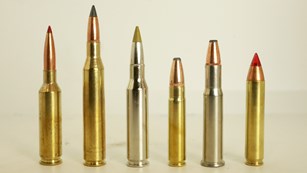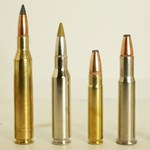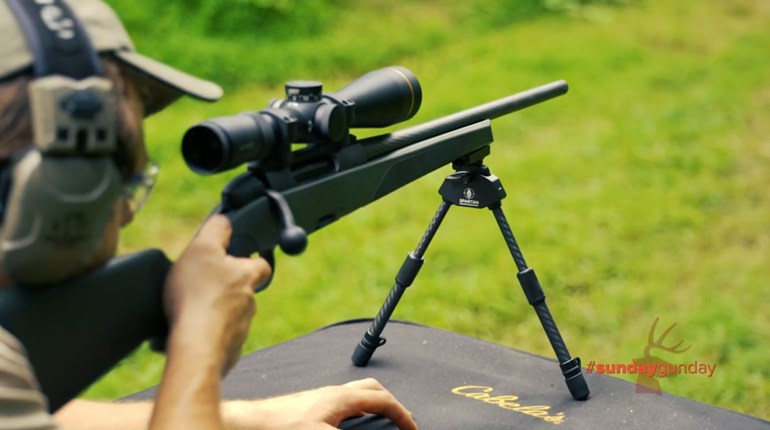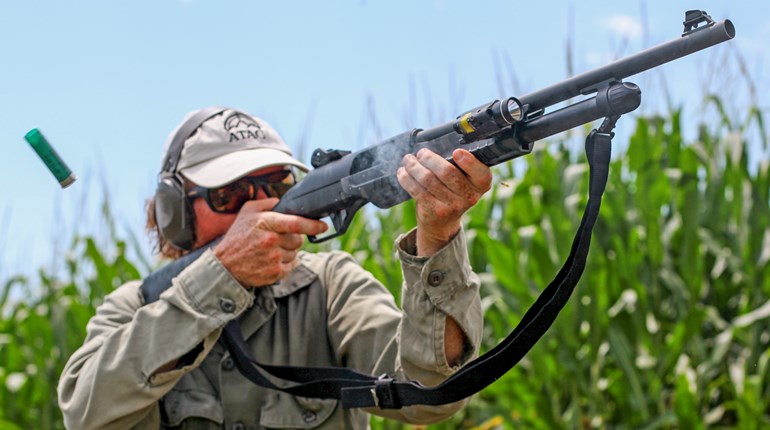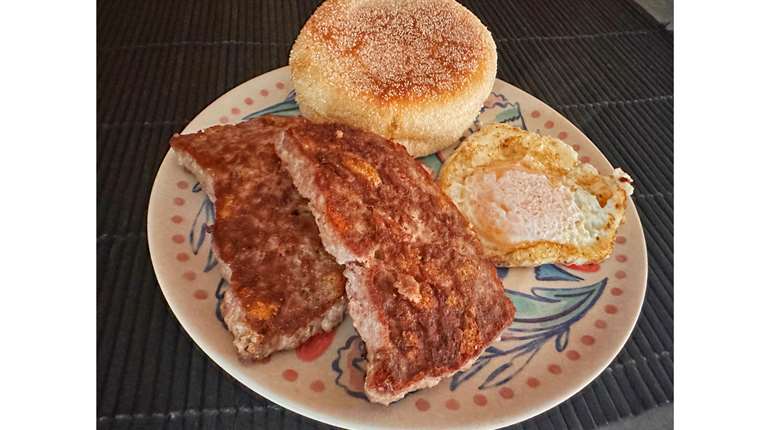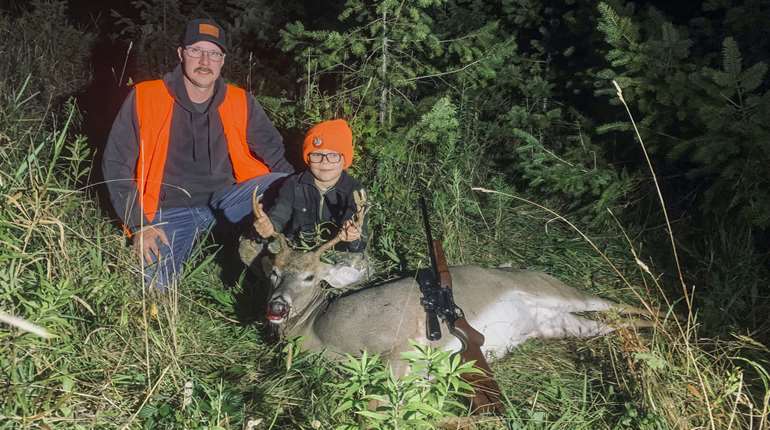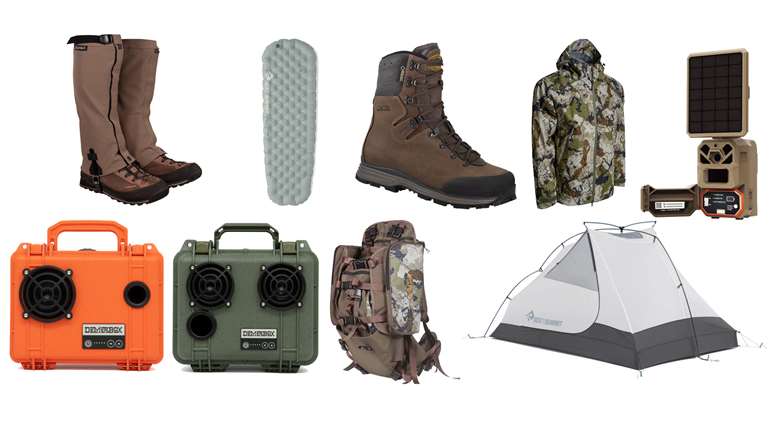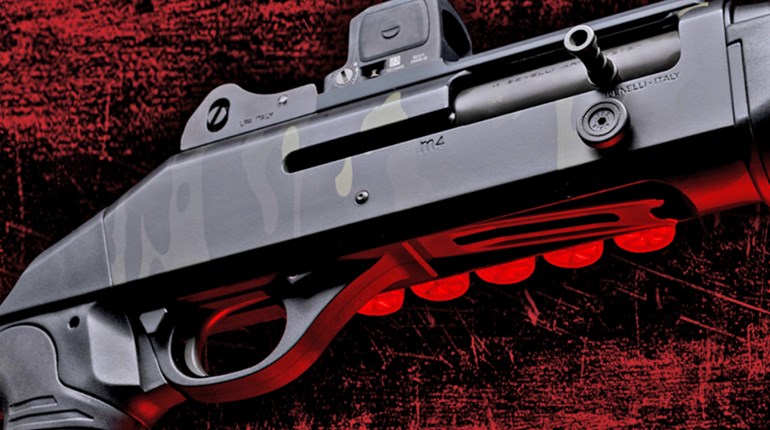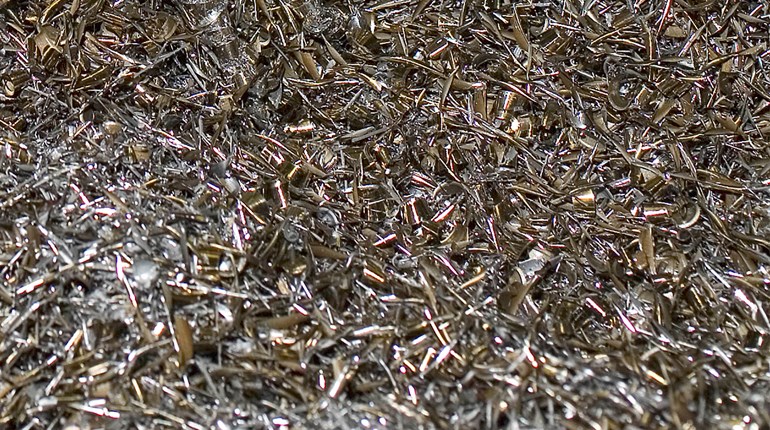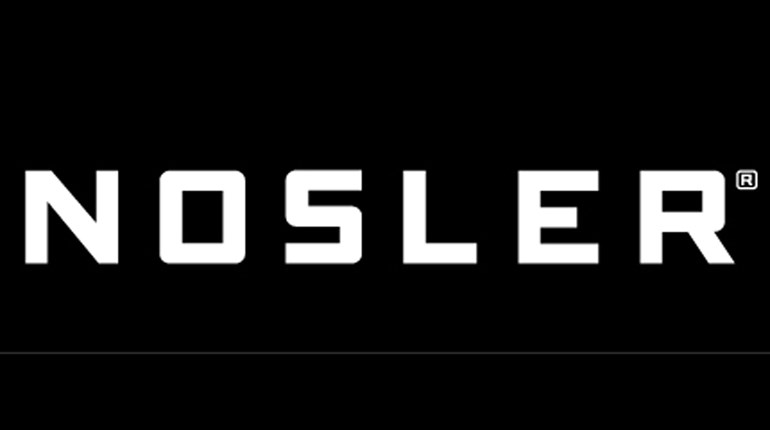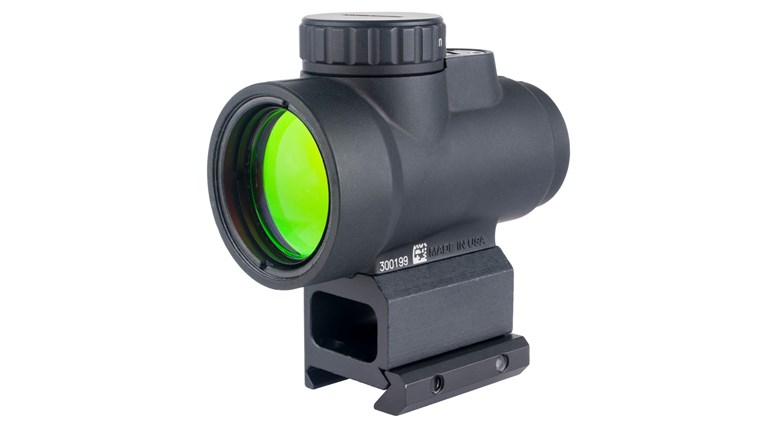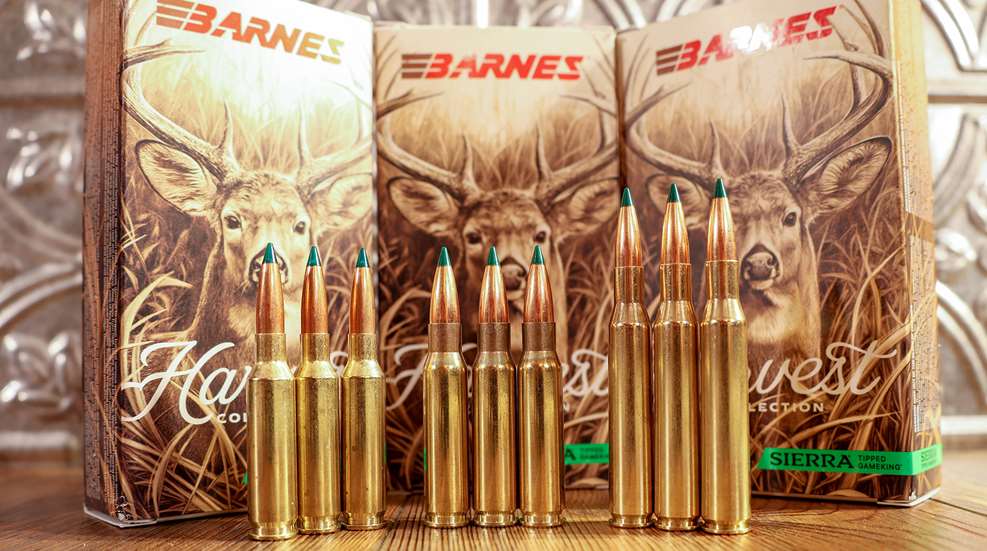
Barnes has long been famous for its component bullets, with the X Bullet family have been revolutionary at the time of its release, as a lead-free projectile was unheard of. It is for this reason that so many people are flabbergasted that Barnes is now offering the lead-core Sierra Tipped GameKing in the new Harvest ammunition line. But looking at the company’s history, it isn’t as far removed as you might think.

The short answer—which will make immediate sense—is that Barnes Bullets was purchased by Sierra Bullets at the breakup of the Freedom Group (which included Remington firearms and ammunition). Kudos to Sierra—long known for their excellent lead core/copper jacket projectiles—for keeping Barnes alive; a projectile brand which is, by all accounts, the polar opposite of its own products.
The long answer is that, quite ironically, the Barnes name was founded on heavy-for-caliber lead core projectiles. Fred Barnes founded his projectile company in Bayfield, Colorado in 1932, selling his pure lead core/pure copper tubing bullets from his basement workshop. In an era where jacketed bullets were, well, “less than reliable,” Barnes’ projectiles offered the high sectional density (SD) which gave the needed penetration to routinely reach the vitals. Forty plus years later, Barnes sold his namesake company to Randy and Coni Brooks, who kept Fred on as a consultant. Struggling for the first decade and more, it was in the late 1980s when Randy Brooks had the brilliant idea to “remove the lead core altogether” to prevent bullet breakup. The Barnes X was born, and a shift in the industry was felt.

With the Barnes factory-loaded ammunition lines earning a positive reputation, the Harvest line may be seen as a modern update to the Fred era, with the Sierra Tipped GameKing representing one of the latest culminations of Sierra’s near 80 year history. I’ve used this bullet in the past, in both factory loaded form, as well as having spent time with the Sierra GameChanger ammo line, and have yet to be disappointed by the performance. It is a polymer-tipped boattail bullet, with a highly uniform jacket, and a hollow cavity in the lead core behind the polymer tip. Sierra has paid specific attention to the individual models of projectile; for example the 180-grain Tipped GameKing No. 4680T is optimized for the .300 Winchester Magnum. As that cartridge doesn’t leave very much room outside the case mouth for bullets with longer ogives, Sierra has increased the shank and shortened the ogive, to give the best ballistic coefficient (BC) value for that particular cartridge. On the opposite end, the 175-grain .277-inch-diameter Tipped GameKing (TGK) is a perfect choice for the 6.8 Western and any other of the .270s which sport a 1:8” twist barrel; Browning loads this bullet in their 6.8 Western factory ammo.

For testing, I got my hands on three different loads: the 6.5 Creedmoor with the 140-grain TGK, the .270 Winchester with the 140-grain TGK, and the .308 Winchester with the 165-grain TGK. Of interesting note, the manufacturer’s name on the headstamp was different for each caliber, with the Creedmoor sporting the Sierra headstamp, the .270 Winchester ammo having the Norma brand on it, and the .308 Winchester having the Barnes moniker on the head. If, as one might suspect, Norma is making all the brass cases for the Sierra/Barnes lines, this is a good thing, as their cases rank as some of the best available on the market. All the cartridges were uniform, with no weird rims or visible defects in construction; seating depths were also uniform, and you’ll see the results of that in the velocity data.

I used an old Legendary Arms Works rifle for the 6.5 Creedmoor testing, my Savage Model 110 Lightweight Hunter for the .270 Winchester stuff, and my trusted and battered old Ruger 77 MKII for the .308 Winchester. You might not be shocked to find that the Sierra bullets are accurate, and should be happy to know that Barnes seems to have nailed the formula for this ammo line, at least in the cartridges I tested. I had no failure to fire, nor any problems with feeding or extraction.
Testing at my 100-yard range, and using three-shot groups, all of these loads gave sub-MOA performance. The 6.5 Creedmoor stuff averaged 0.78-inch, the .270 Winchester came in at 0.95-inch, and the .308 Winchester printed an average group size of 0.68-inch, with the ES of the .308 stuff being 11 fps. Bottom line: we’ve got a very accurate product line here in the Barnes Harvest. The 22-inch barrel of my Ruger 77 .308 Winchester gave an average velocity of 2645 fps, the Savage 110 produced 2825 fps, and the 20-inch barreled Legendary Arms Works generated an average muzzle velocity of 2640 fps, all measured on my Garmin Xero C1 Pro chronograph.

The Sierra Tipped GameKings have a G1 BC value as follows: 6.5mm 140-grain—0.563; .277” 140-grain—0.508; and .308” 165-grain 0.517. This results in a bullet which will give respectable downrange performance, in both the trajectory and wind deflection departments, and the bullets chosen for this ammo line have enough SD to ensure reliable penetration. Included in the available options within the Harvest line are the .223 Remington (69-grain TGK), .243 Winchester (90-grain TGK), 6.5 Creedmoor (140-grain TGK), 6.5 PRC (145-grain TGK), .270 Winchester (140-grain TGK), 7mm Remington Magnum (150-grain TGK), .308 Winchester (165-grain TGK), .30-06 Springfield (180-grain TGK) and 3.00 Winchester Magnum (180-grain TGK). Ammunition prices range from $39.99 to $44.99 per box of 20 cartridges.


